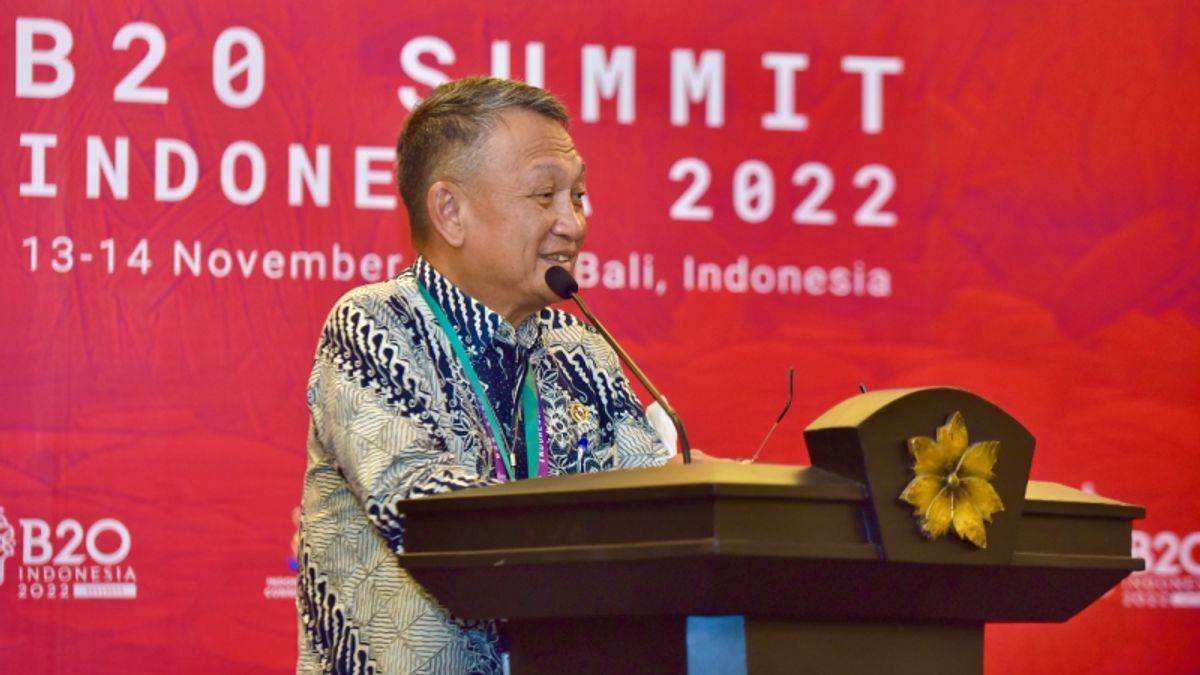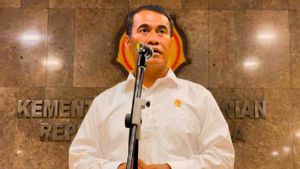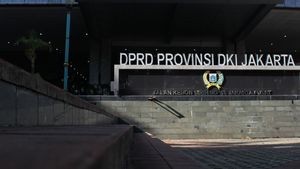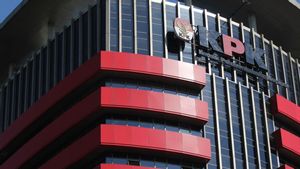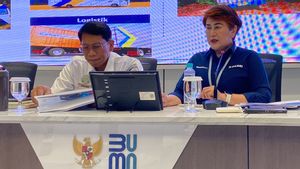JAKARTA - The government through the Minister of Energy and Mineral Resources (ESDM) Arifin Tasrif submitted a draft of the Problem Inventory List (DIM) of the Draft New Renewable Energy Law (EBT) to Commission VII DPR RI.
The DIM for the EBT Bill consists of 574 DIM numbers with details of 52 articles being changed, 10 articles fixed, and 11 New Articles.
"The government really appreciates the insisiativeness of the DPR, especially Commission VII which continuously encourages the use of EBT in the country," said Arifin in a Working Meeting with Commission VII in Jakarta, Tuesday, November 29.
Arifin added that this bill is an effort to complete and improve regulations in the field of EBT and provide a more strategic regulatory basis for energy transition and roadmap to a green economy.
He added, through the EBT Bill it is mandated to accelerate the target of the EBT mix by 23 percent by 2025, NDC's achievement by 32 percent by 2030 and also NZE's achievement by 2060.
"It is hoped that it will be faster with the potential of EBT that is diverse and spread. The use of EBT is believed to increase our energy resilience and independence as well as encourage a decrease in the effect of greenhouse gas (GHG) and grow the national green industry," continued Arifin.
Based on IRENA's 2017 study, he continued, in 2050 EBT is estimated to be able to contribute 44 percent to the total efforts to reduce GRK from case 45 GigaTon reference to 13GT CO2 per year.
Furthermore, he added, currently EBT technology has developed rapidly and its economy is getting better and more competitive.
"For example, PLTS in 2010 will cost 4800 US dollars per Kilo Watt. Currently, it is 500-800 US dollars per KW depending on capacity. This shows that there has been a decrease of more than 90 percent," explained Arifin.
Meanwhile, for the Batu PLTB, he continued, although not as dramatic as the PLTS, the decrease in costs on the BAYU PLTB also occurred quite significantly by 60 percent to 68 percent.
"At the same time, we see that fossil-based energy prices fluctuate and show a higher trend," concluded Arifin.
The English, Chinese, Japanese, Arabic, and French versions are automatically generated by the AI. So there may still be inaccuracies in translating, please always see Indonesian as our main language. (system supported by DigitalSiber.id)
